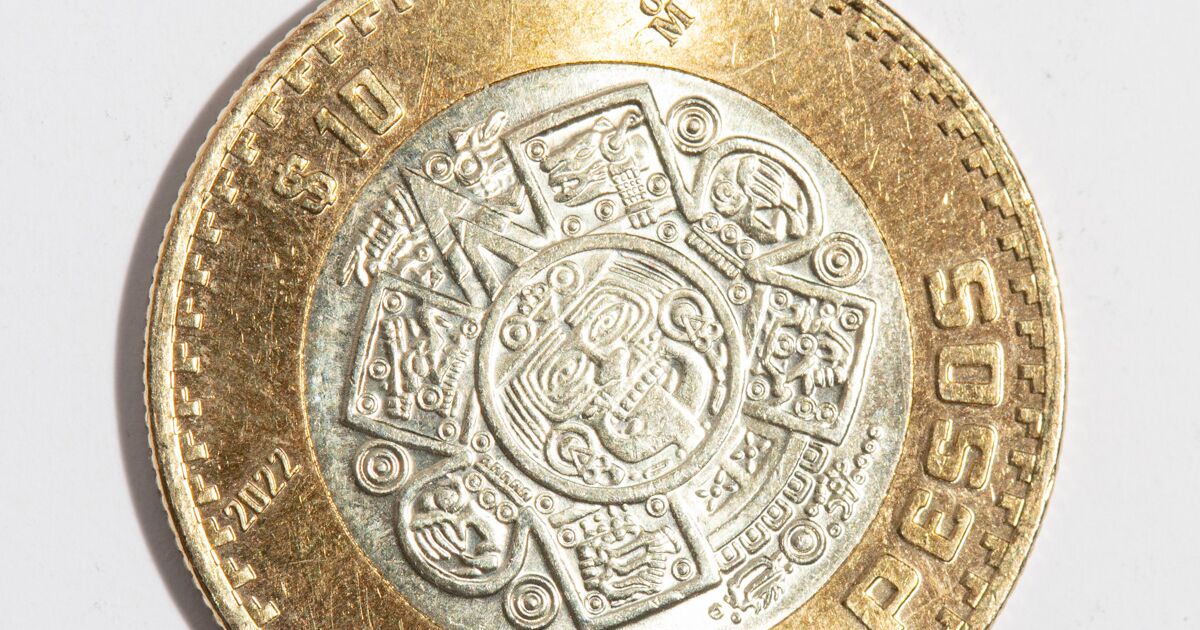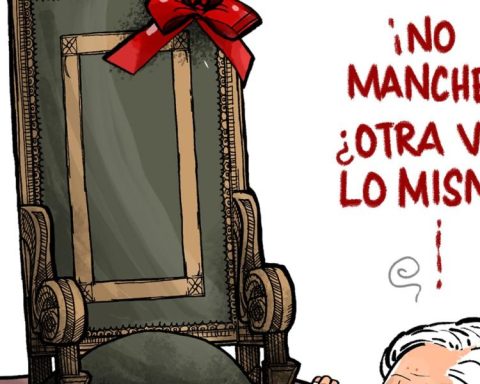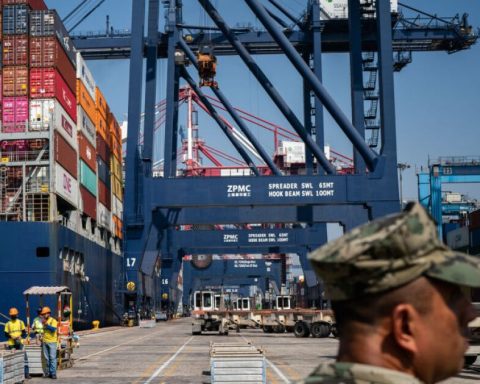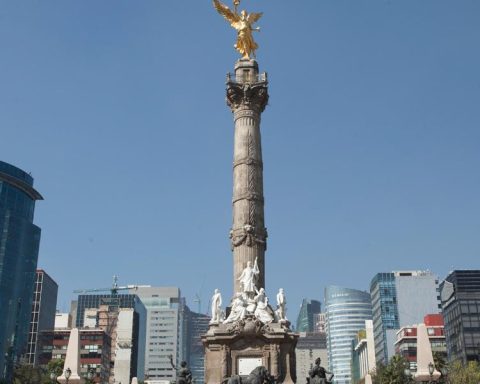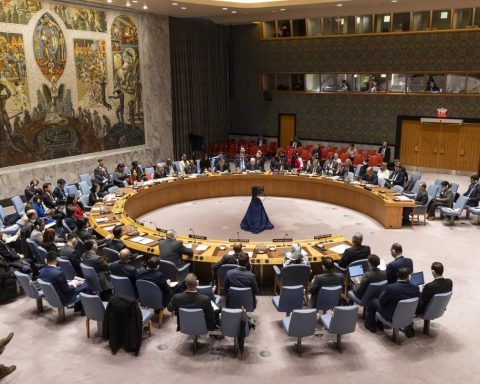Will there be an economic recession?
Ricardo Aguilar Abe, Chief Economist and Director of Analysis at Banco INVEX
No. Despite the slowdown in domestic demand, we anticipate positive economic growth for Mexico in 2025 (1.0%) due to the strength of the services sector and public spending that could be high. The risks to our forecast are biased to the downside, as the investment could be affected by both internal and external issues.
On the one hand, Congress could implement relevant legislative changes that increase the caution currently shown by some investors. On the other hand, some economic agents, especially in the United States, could find sufficiently attractive incentives to promote projects in the North American country in the event of a corporate tax cut.
Enrique Covarrubias, Chief Economist and Director of Analysis of Grupo Financiero Actinver
We do not anticipate a recession although the probability has increased in recent months. Towards 2025 we perceive that economic activity could continue to grow at a low rate in line with the global economy. The IMF estimates that the US economy would show growth of 2.2% in 2025.
This would be reflected in the national economy in a slight slowdown in manufacturing production and exports. It is likely that investment will begin to grow at a moderate pace given the containment of public spending to achieve fiscal consolidation of the deficit around 4.0% of GDP. Consumption could remain resilient, since social transfers would continue to grow after the implementation of new programs. This would be consistent with GDP growth between 1 and 1.5% by 2025.
How will inflation behave?
Alejandra Marcos, Director of Analysis and Strategy at Intercam Banco
Although inflation will possibly continue its disinflationary path during 2025, the downward trajectory will be increasingly limited. The slowdown of the Mexican economy, even in a recession scenario, could begin to mitigate pressures by causing inflation to converge towards the (Banxico) target.
However, it presents several risks. Inflation in services has remained at a threshold above 5% for more than two years (and) wage policy could hinder the fight against inflation, so it must be key that pressures on services begin to ease. We estimate that general inflation could be at 3.9% while the underlying component could be at 3.7%.
Alejandro Saldaña, Chief Economist of Grupo Financiero BX+
Low economic growth will help contain inflationary pressures. However, we still do not foresee it returning to Banxico’s goal of 3% annually, in an environment that still presents complexities. One of them is salary pressures, so two factors must be considered.
First, it is expected that the government will continue promoting considerable adjustments to the minimum wage and this will contaminate the rest of the salaries, since in recent years the gap between the minimum wage and the average contribution base salary of the jobs registered in the IMSS. And second, labor productivity has not increased in recent years in a proportion close to the cost of the labor factor.
What will happen to the weight?
Alejandra Marcos, Director of Analysis and Strategy at Intercam Banco
The exchange rate is usually the escape valve in the face of an uncertain outlook and greater risk aversion. The scenario is full of risks, more towards the end of the year, when the negotiation tables for the sunset clause begin for the renegotiation of the T-MEC.
It is possible that much of the year we will see volatility that reflects a risk scenario in the bilateral relationship between Mexico and the US. However, as long as the threats of tariff imposition do not materialize, the exchange rate must return to equilibrium levels, between 20 and 20.50 pesos.
Nadia Montes de Oca, Senior Portfolio Manager at Franklin Templeton Mexico
The exchange rate levels observed this year surprised the market. Although the exchange rate reacted to various factors, such as the elections in the US and the result of the local elections and the disparity in monetary policy between Banxico and the Fed, it remained at lower levels than the maximums observed in previous years. By 2025, we consider that, given the aforementioned risks, it is more likely that the exchange rate will deteriorate and return again to levels above 20 pesos.
Jessica Roldán Peña, Chief Economist of Casa de Bolsa Finamex
In the last five months, the exchange rate has experienced a notable depreciation along with an increase in its volatility. By 2025, we anticipate that the political landscape in the US will become clearer. In our most likely scenario, this will contribute to curbing the marked trend of recent depreciation of the peso.
Uncertainty will persist, therefore, we do not rule out more episodes of volatility, especially when events arise that redefine the tone of the relationship between Mexico and the US. We project that the exchange rate could reach around 20.30 pesos per dollar by the end of 2025.
What is the challenge of public finances?
Víctor Ceja, Chief Economist of Valmex Casa de Bolsa
Fiscal consolidation, that is, the reduction of the public deficit through spending cuts or increases in revenue, or a combination of both. In 2024, the Financial Requirements of the Public Sector, the largest fiscal deficit, will be close to 6% of GDP and the promise is that it will decrease by half in 2025, which is a very difficult task.
No tax reform is proposed, so the increase in income will depend almost exclusively on greater tax efficiency, but without being able to offset the impact of lower economic growth on collection.
Gabriel Casillas, Chief Economist for Latin America at Barclays
In our opinion, there are three challenges for public finances in Mexico: credibility, growth and Pemex. On credibility, market participants want to see a 2025 economic package with credible assumptions.
In the case of Pemex, capital injections are needed to the extent that a plan is not implemented that allows it to be self-sufficient. Such a plan should reduce losses and reduce debt significantly.
What can we expect from the Fed?
Ricardo Aguilar Abe, Chief Economist and Director of Analysis at Banco INVEX
Increasing caution. The 50 basis point cut in the interest rate target range in September was probably too aggressive. The Fed generally applied a cut of that magnitude, or even larger, when the economy was about to enter or was already in crisis.
It is a fact that the recession scenario in the US has practically disappeared and the most important risk is once again inflation. Above all, the possibility that it will not converge towards the 2.0% objective.
Iván Arias Gallegos, Director of Economic Studies of Citibanamex
The outlook is that interest rate cuts will continue. Although the resilience of activity continues to surprise, particularly in consumption, signs of slowdown are beginning and the labor market shows a gradual relaxation of its conditions. Fed members’ concerns have shifted from inflation that remained high and slowly declining to focusing on preventing employment from reaching undesirably weak levels.
For 2025, we estimate that the cuts would continue during the first half of the year, and that they will stop once a rate of 2.75-3.0% is reached, in line with the long-term neutral rate.
